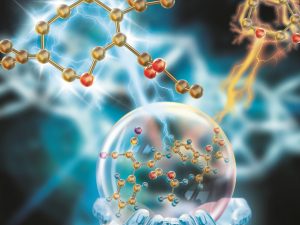Measuring is a means of comparing one thing to another. It answers the questions, ‘how much’, ‘how far’, ‘how long’, ‘how old’ and so on. And why do we need units? A long time ago people used to measure things with their own body parts, like the foot but as feet come in different sizes and shapes, it was difficult to attain a standard value. So we divided the distance from the North Pole to the Equator in tens and we got ten million units, each of which was called a ‘meter’. We have many more interesting stories in this section.
| i)Standard Units (SI Units) |
| ii)Volume and Density |
| iii)Temperature |
| iv)Scientific Notation |
| v)Significant Figures and Exact Numbers |
| vi)Accuracy, Precision and Error |
| vii)Converting from One Unit to Another |
| viii)Strategy for General Problem Solving |




